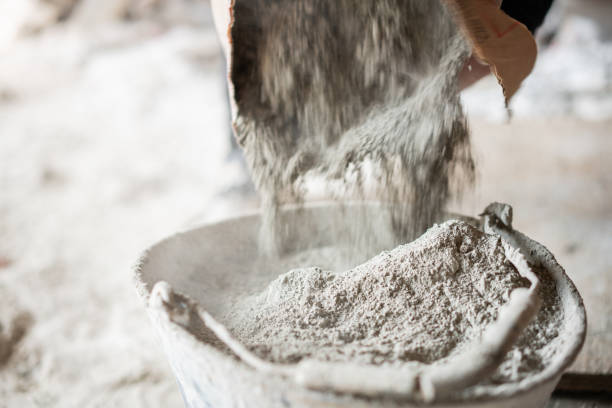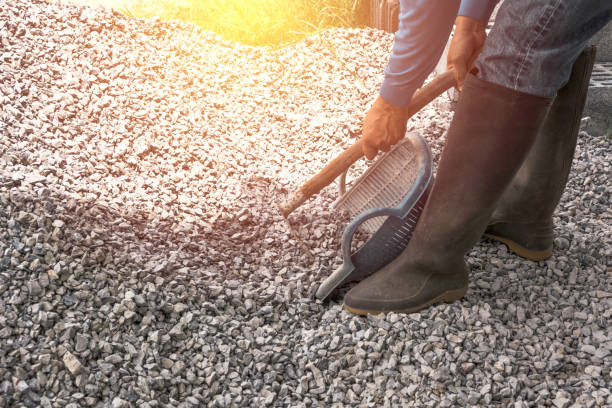Concrete buildings are strong, simple to make, and can be shaped into a variety of shapes and sizes. In addition, it is affordable, reasonably priced, and instantly combined. It is intended to enable dependable, quick construction of the highest caliber. Buildings made of concrete are sturdy and should be designed to endure tornadoes, hurricanes, typhoons, and earthquakes. This is a fantastic development. Despite all the world’s technological advancements, there is still no way to stop the harm caused by nature. Building using concrete material is incredibly precious and essential. After all the components—cement, aggregate, and water—have been combined in the proper ratios, the cement and water start reacting with one another to form a solid mass. The concrete becomes more rock-like as a result of this.

These Concrete Building Composition
Cement
Cement is a glue, a chemical used in construction that binds things together by setting, hardening, and attaching to them. In most cases, instead of being utilized on its own, cement is used to bind sand and gravel (aggregate). Mortar for masonry is made from cement mixed with fine aggregate, and concrete is made from cement combined with gravel. The second most utilized resource on the globe after water is concrete, which is the most often used substance in existence.

Construction cement can be categorized as either non-hydraulic or hydraulic depending on whether it can set in the absence of water. It is normally inorganic, frequently based on lime or calcium silicate, and is typically inorganic.
Water
When water and a cement ingredient are mixed during the hydration process, a cement paste is produced. The cement paste fills any gaps in the aggregate, binds it together, and improves its flow.
According to Abrams’ law, a lower water-to-cement ratio results in stronger, more resilient concrete, but adding more water results in concrete that flows more freely and has a bigger slump. When making concrete, impure water might lead to issues with setting or early building failure.
Aggregates
The majority of a concrete mixture is made up of small and large particles. The main materials utilized for this include sand, gravel, and crushed stone. As a partial replacement for natural aggregates, recycled aggregates (from construction, demolition, and excavation debris) are increasingly used. A number of manufactured aggregates, such as bottom ash and air-cooled blast furnace slag, are also authorized.

How much cement is needed depends on how the aggregate is spread in size. The largest gaps are present in aggregate with a relatively equal size distribution, but adding aggregate with smaller particles tends to fill these gaps. The most expensive component is often the cement, which must seal the spaces between the aggregate and adhere the surfaces of the aggregate together. As a result, the price of concrete is decreased by the aggregate’s size variance. Since the aggregate is almost usually stronger than the cement, its use does not have a negative impact on the concrete’s strength.